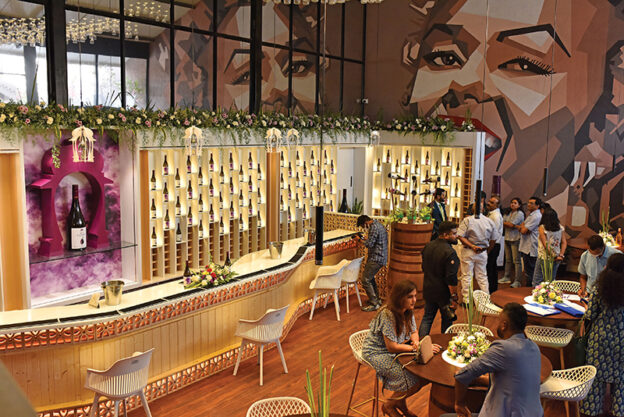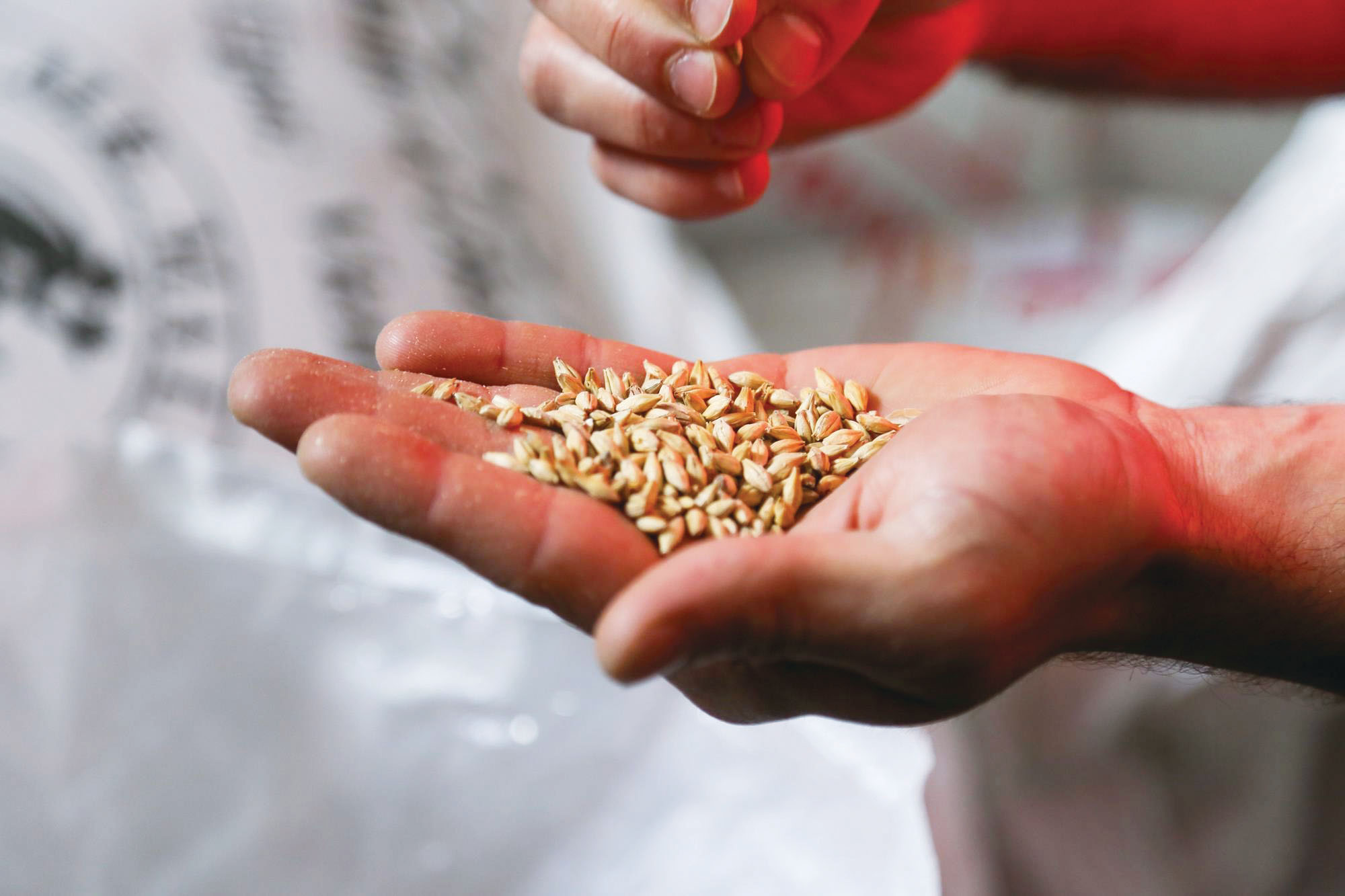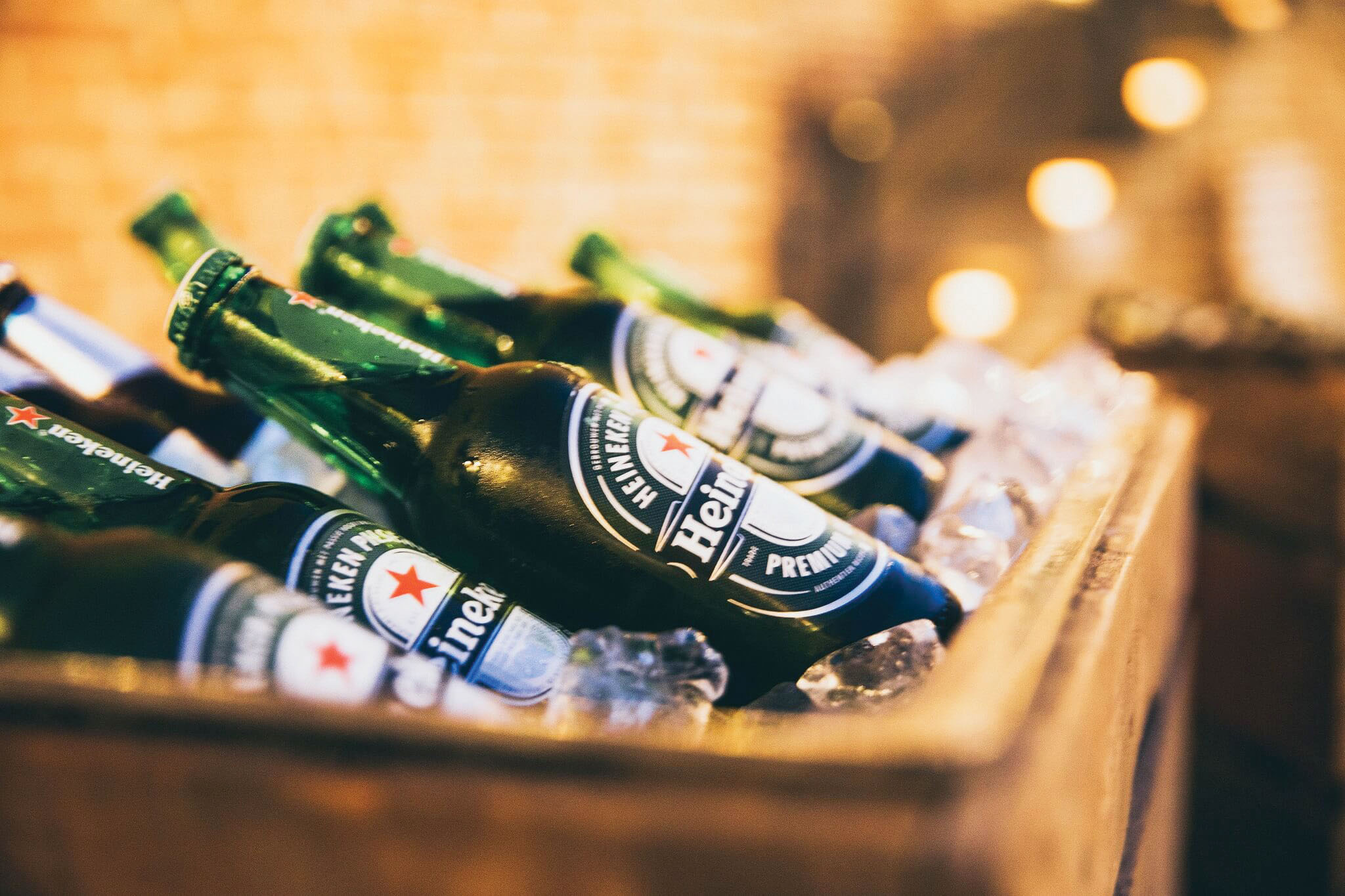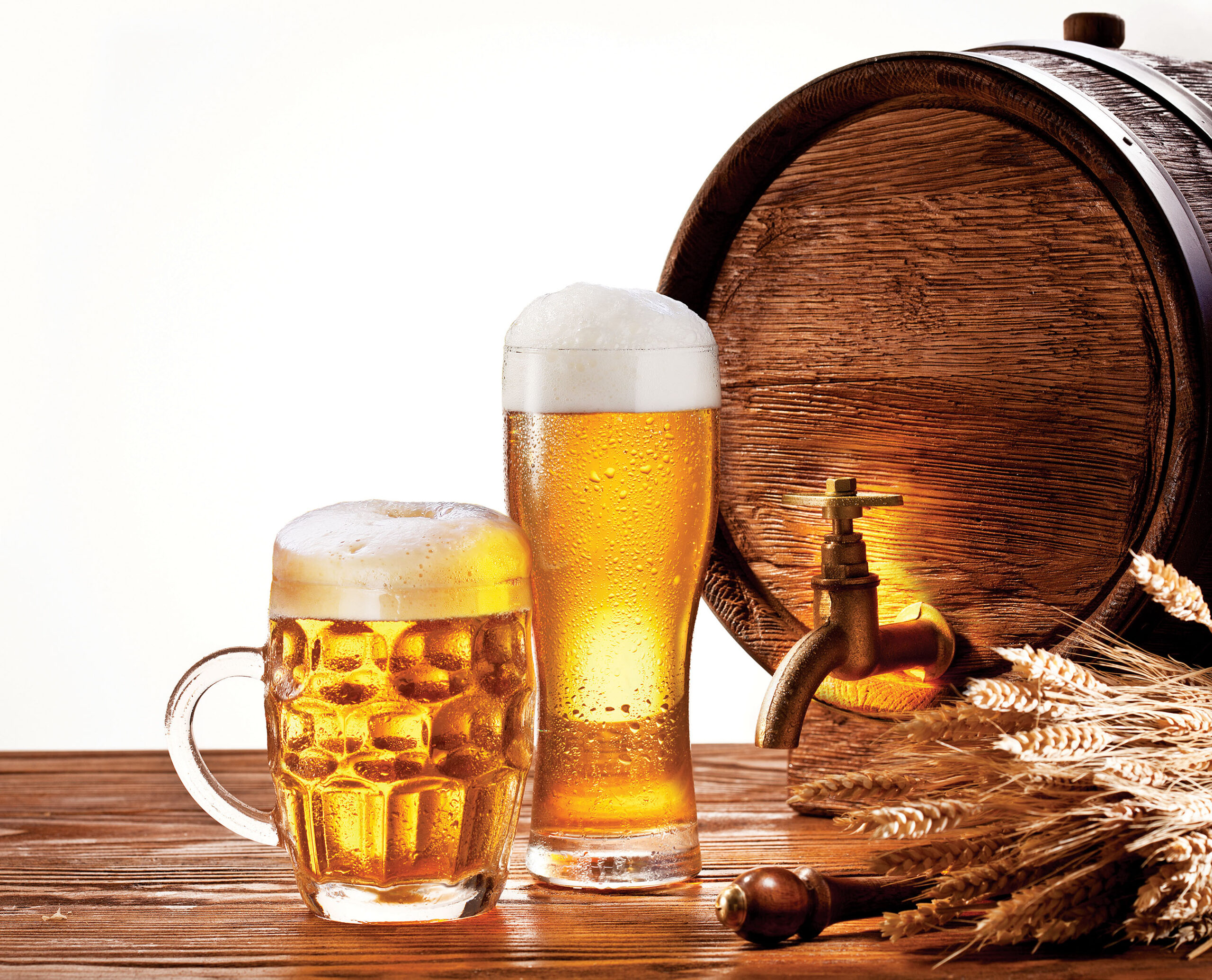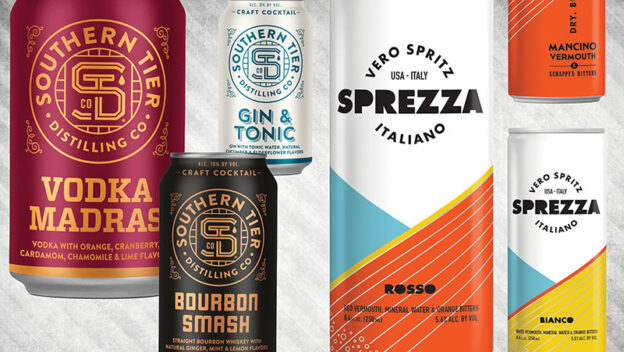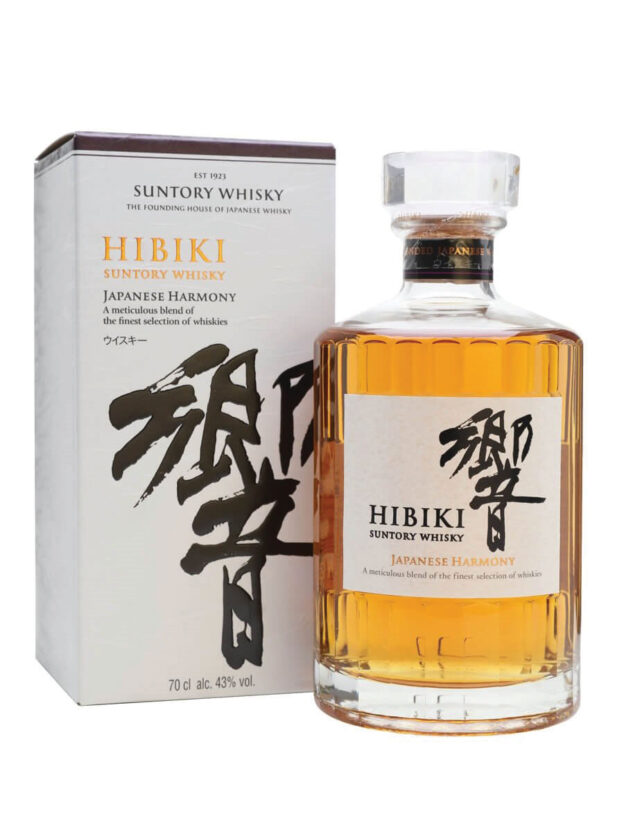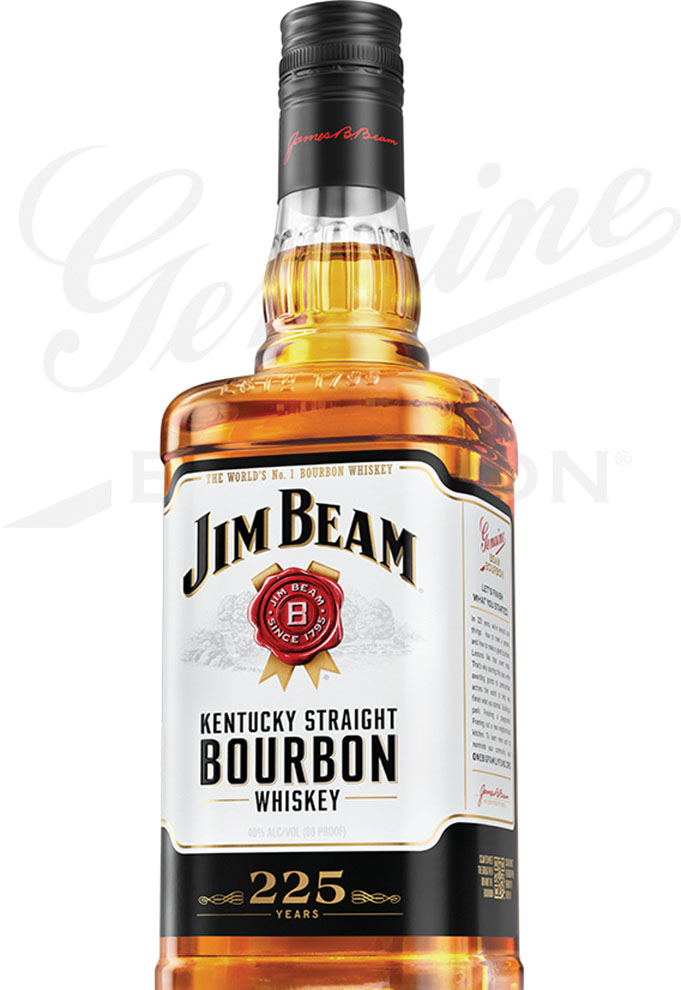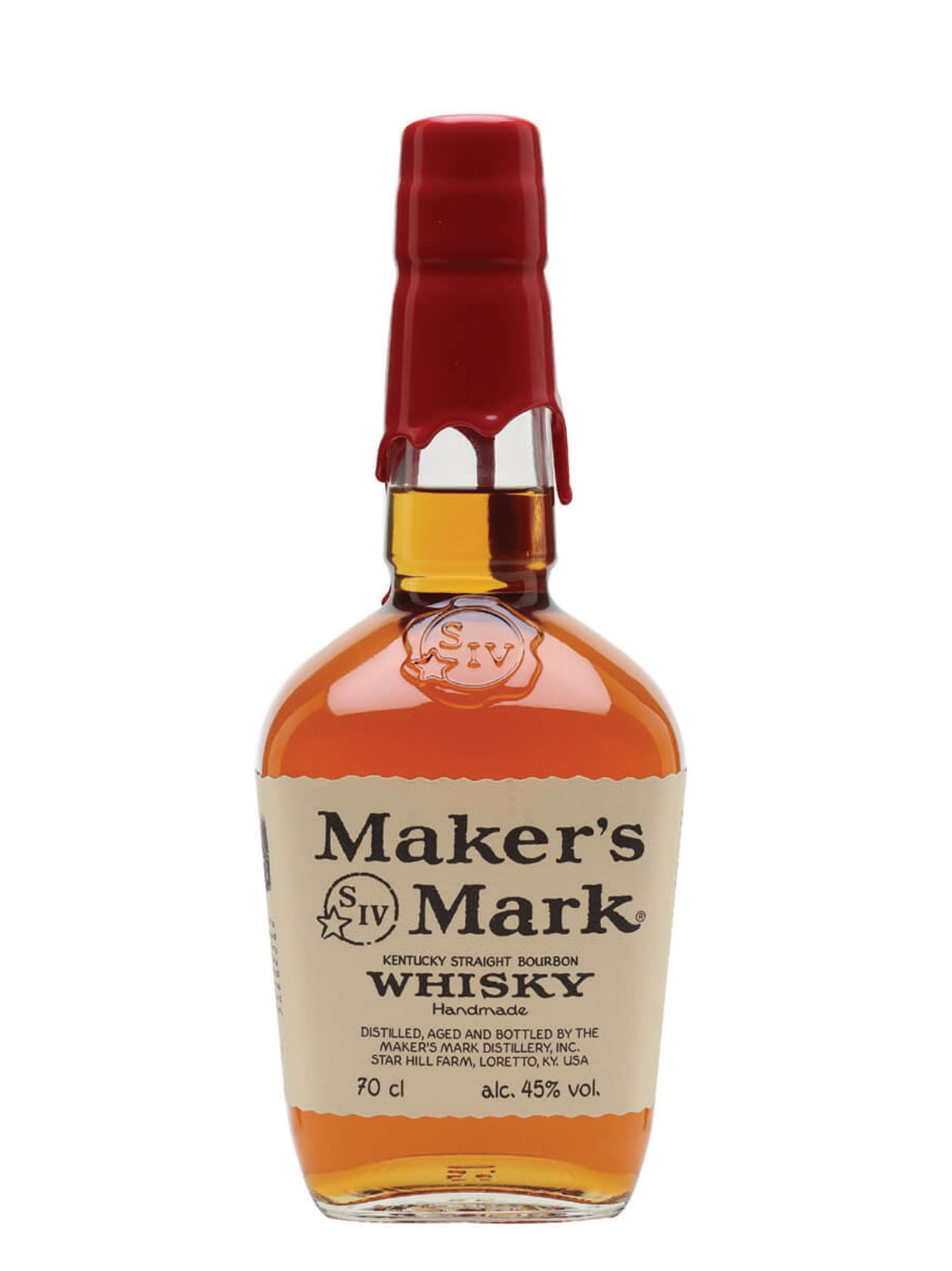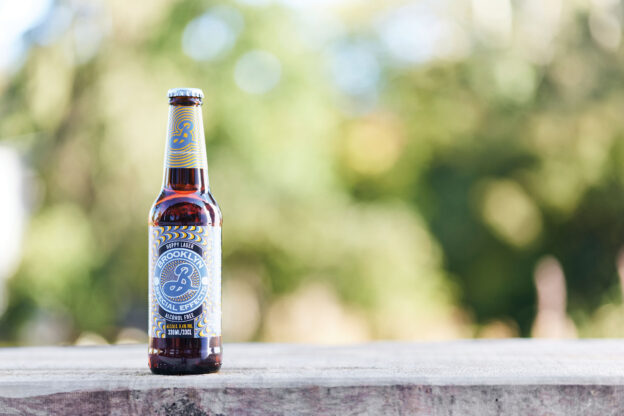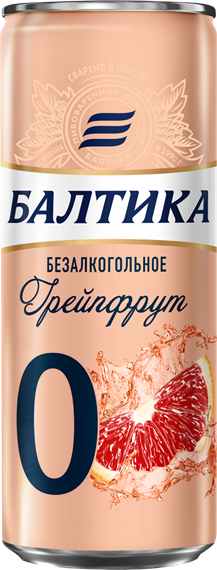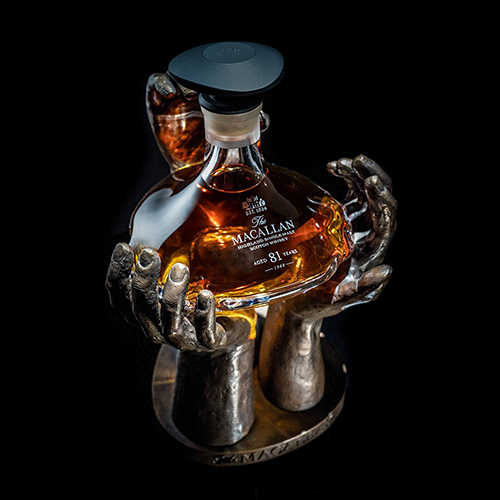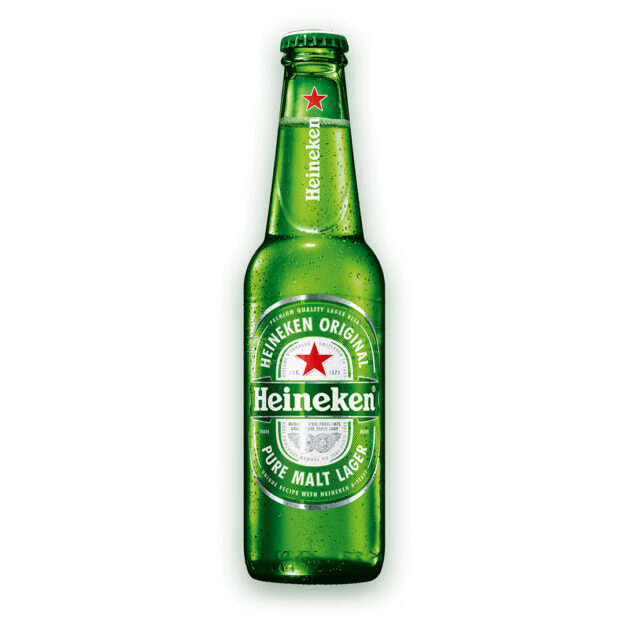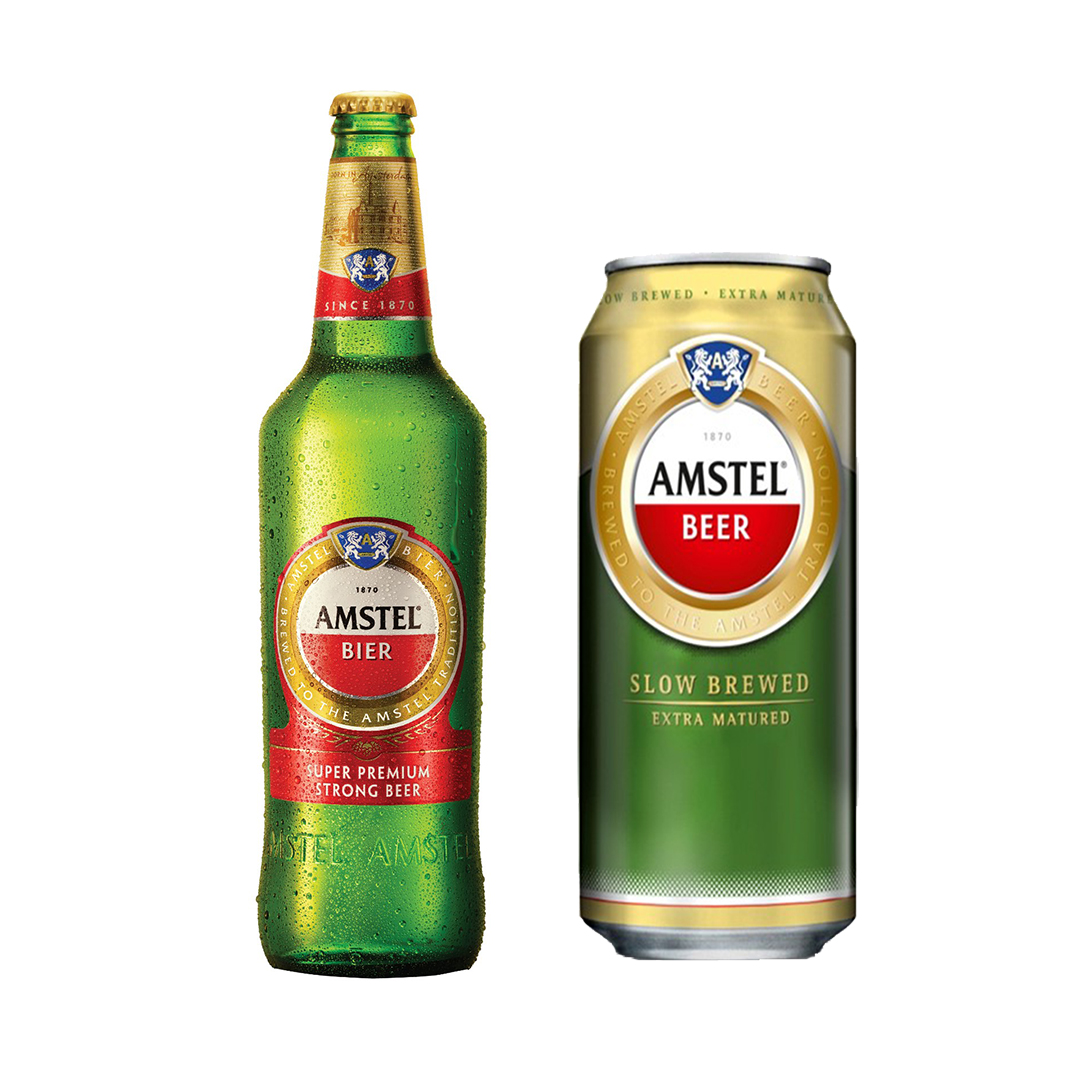Nasik is recognized as the “Wine Capital of India” and is situated in the Western Ghats, on the banks of the River Godavari. Its climate and scenic beauty attract a lot of tourists from around the country as well as overseas. People visit Nashik for a tranquil experience which is perfect for families and friends to spend time with good food and wine. The socialising aspect is a vital part of the wine tour and tasting. Apart from weekend groups, there is also a strong interest among overseas travellers in following wine trails in India. Their goal is to taste Indian wine after having tasted wines from established regions around the world for years. The vineyards offer more than wine tasting. They also provide the opportunity to meet the winemakers and learn about the winemaking process.
Resvera Lounge with unique Jamun wines in its bouquet is opening its doors for a similar experience and to boost Wine Tourism in Maharashtra.
Jamun fruit forms the core of Resvera Wine, a fruit wine made with a focus on creating a delicious flavour. Creating a wine that is consumed and enjoyed 365 days a year is an ultimate goal. This makes it a wholesome gift for each and every wine lover around the world. Resvera is committed to responsible winemaking and produces magical juice from organically sourced Jamun fruit from the Jungles of Maharashtra. Resvera is also responsible for empowering the tribal community of regions where the Jamun fruit is extracted, giving them an opportunity to earn a living. A fusion of Jamun fruit combined with divine smoothness, Resvera creates a rich, luxurious taste that enhances your alluring lifestyle.
This wine’s enticing aroma makes it a perfect pairing with most meals. Take a swirl, breathe the scent into your veins, and taste the magical purple liquid that makes you want to drink more. Resvera Winery creates its wines with a holistic philosophy and believes in giving back to nature.
The taste of Jamun is the biggest USP of the product, since it is a crowd-pleaser, and offers something special that complements the Indian palate very well. Jamun fruit would also be a USP due to its health benefits. It is a rich source of nutrients, is anti-diabetic, and purifies the blood. The brand’s intention wasn’t to become an alcohol brand, but rather to give people a delicious experience. “An elegant and tastefully-done lounge is set beautifully in the midst of the grape city. With Resvera Lounge, we aim to bring a world of contrasts and paint the town with Jamun. A lounge thoughtfully created to give you a one of a kind experience that offers a beautiful ambience. When the sun goes down and the city lights go up, sip on the World’s First Jamun Wine complemented by exquisite food,” says Komal Piyush Somani, Co-founder & Director, Resvera Winery.
“Nashik has been recognised as the Wine Capital of India, and the history of wine in India traces back to as many as 5000 years. Under the one district one product scheme, Govt of India recognised wine as the main product for Nashik. indigenous fruits like Jamun, Mulberry, Jackfruit, Indian Gooseberry, Apple, and Mango have their mention in Scriptures like Rigveda, these fruits have proven health benefits.
There is a need to make these native Indian fruits popular and have a global footprint of the same in the present times. Resvera is processing some of these native Indian fruits and making wine from these fruits. We need to promote these made-in-India wines of fruits that are native to our country” said Nikhil Khode, Co-founder & and Head of Production. “The opening of the Resvera Lounge will make sure that Nashik is a testimony to the age-old traditions of making wine from not only grapes but other native fruits of India which are well understood to the Indian pallet,” continued.
Lastly, Dr Neeraj Agarwal – Director, added, “Every glass of wine enjoyed by the Resvera lovers at this new Lounge will also result in the plantation of few Jamun Trees in the reserved areas. So far Resvera team and all the tribal people associated with Resvera have planted more than 1 lakh trees in the last six years. Creation of this beautiful Resvera lounge is to give a different experience of fruit wines to the wine lovers and our first offering is world’s first Jamun wine.”
With the inauguration of the tasting room at The Cobble Street, Gangapur-Savargaon Road, Nashik, Resvera aims at enhancing the wine experience for its audience. The tasting room reflects the same philosophy that governs Resvera Wines. They are also keen to partner with players in other parts of the country to start such dedicated Wine Lounge of Resvera.

